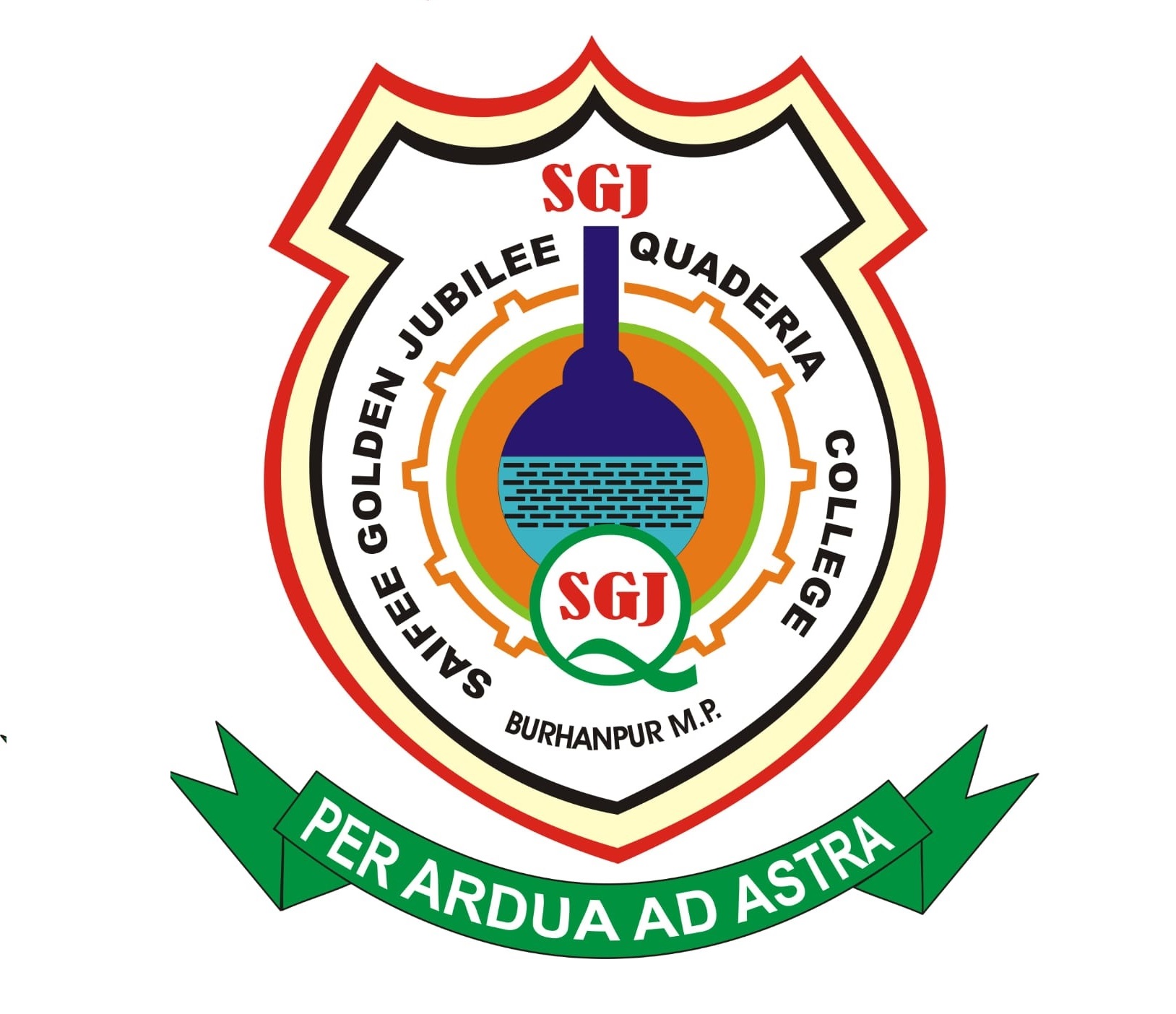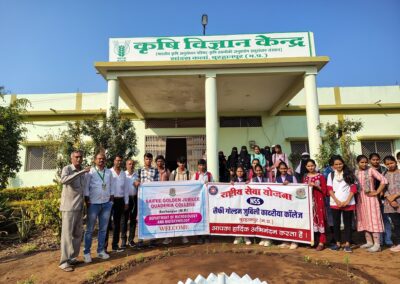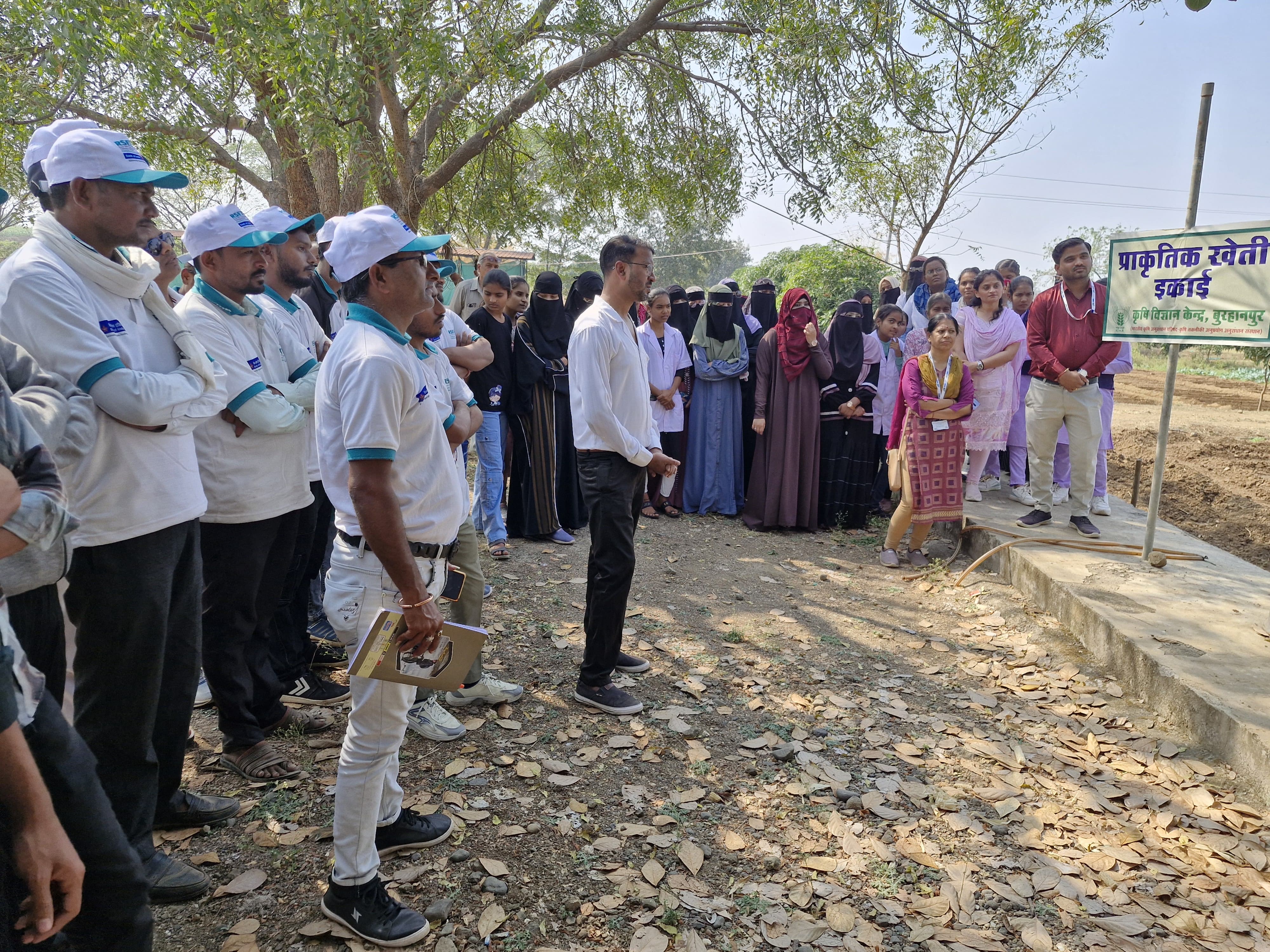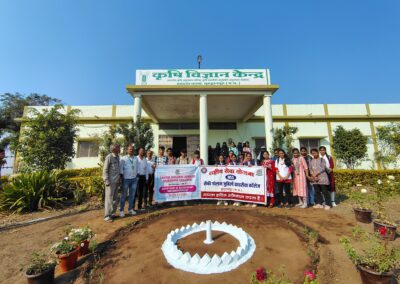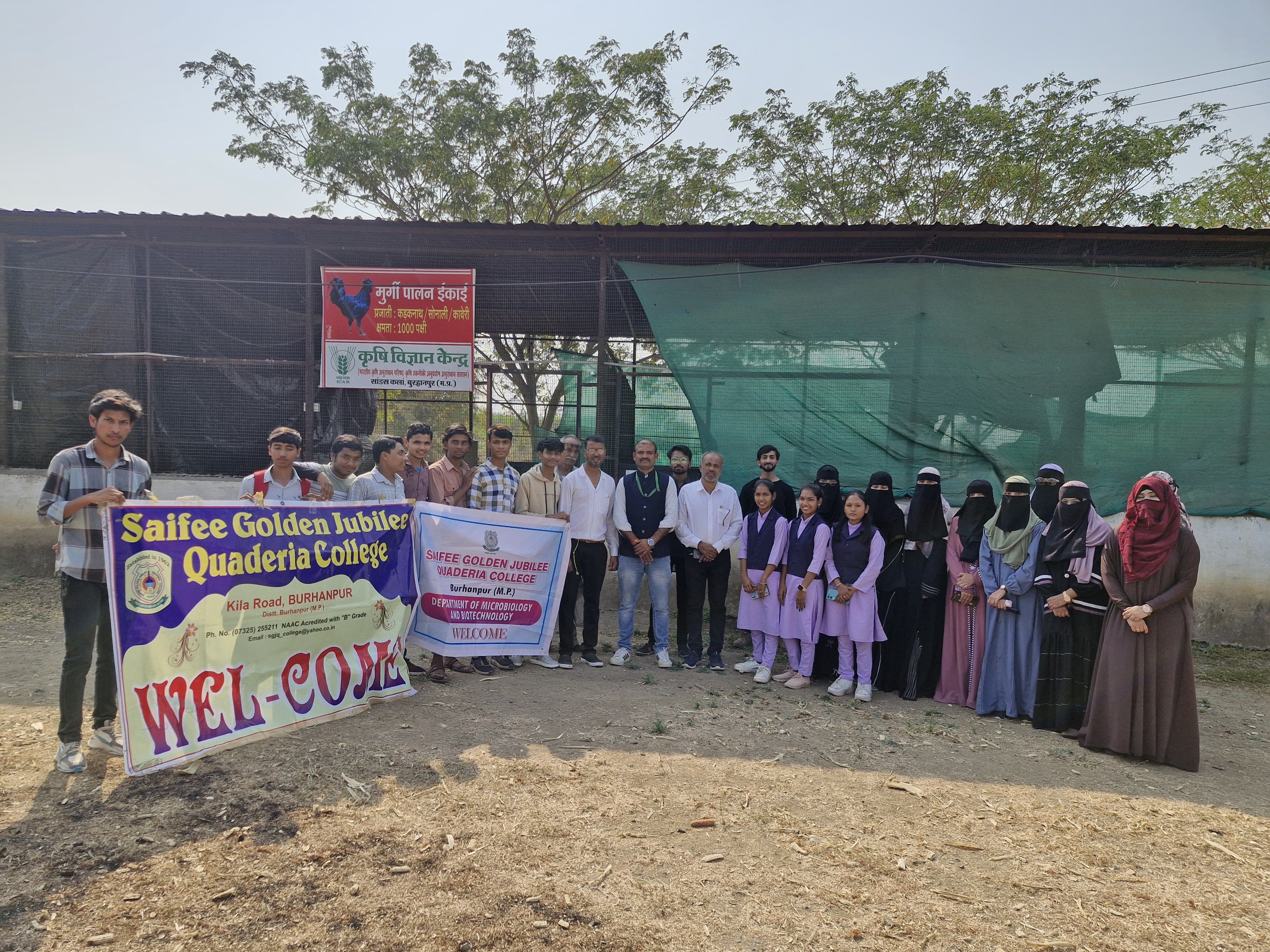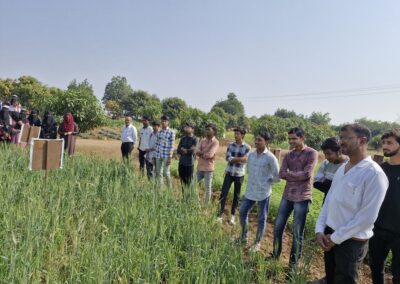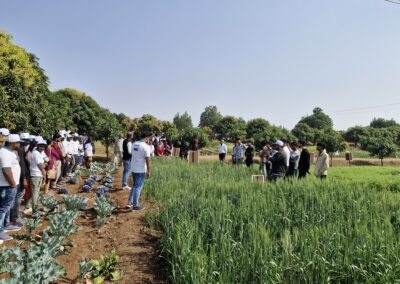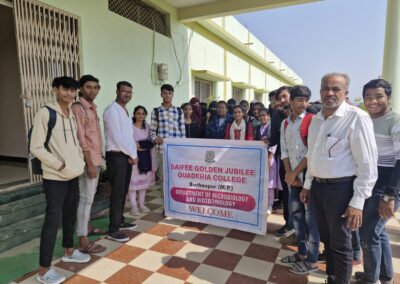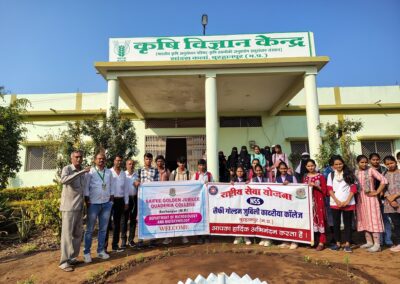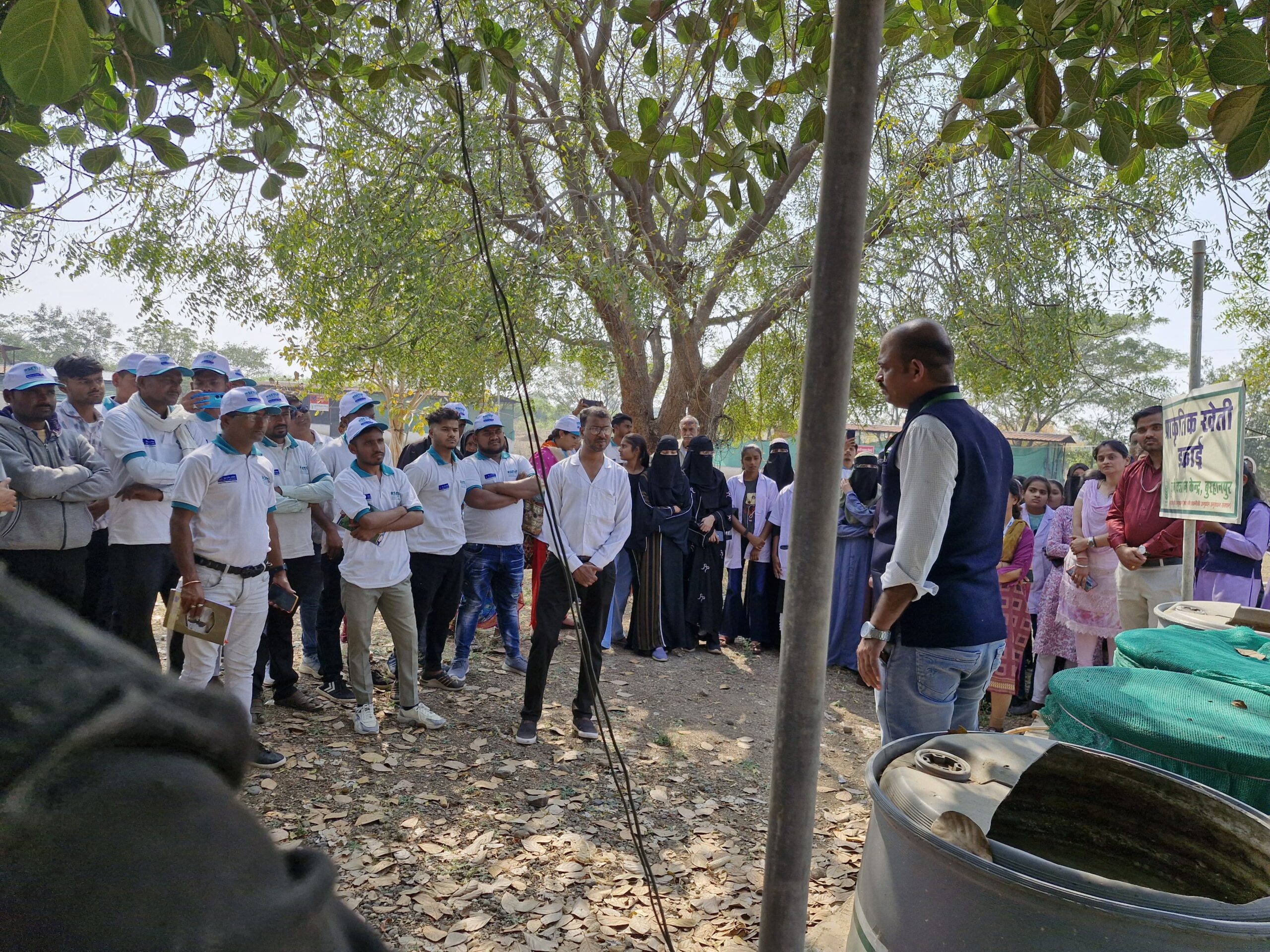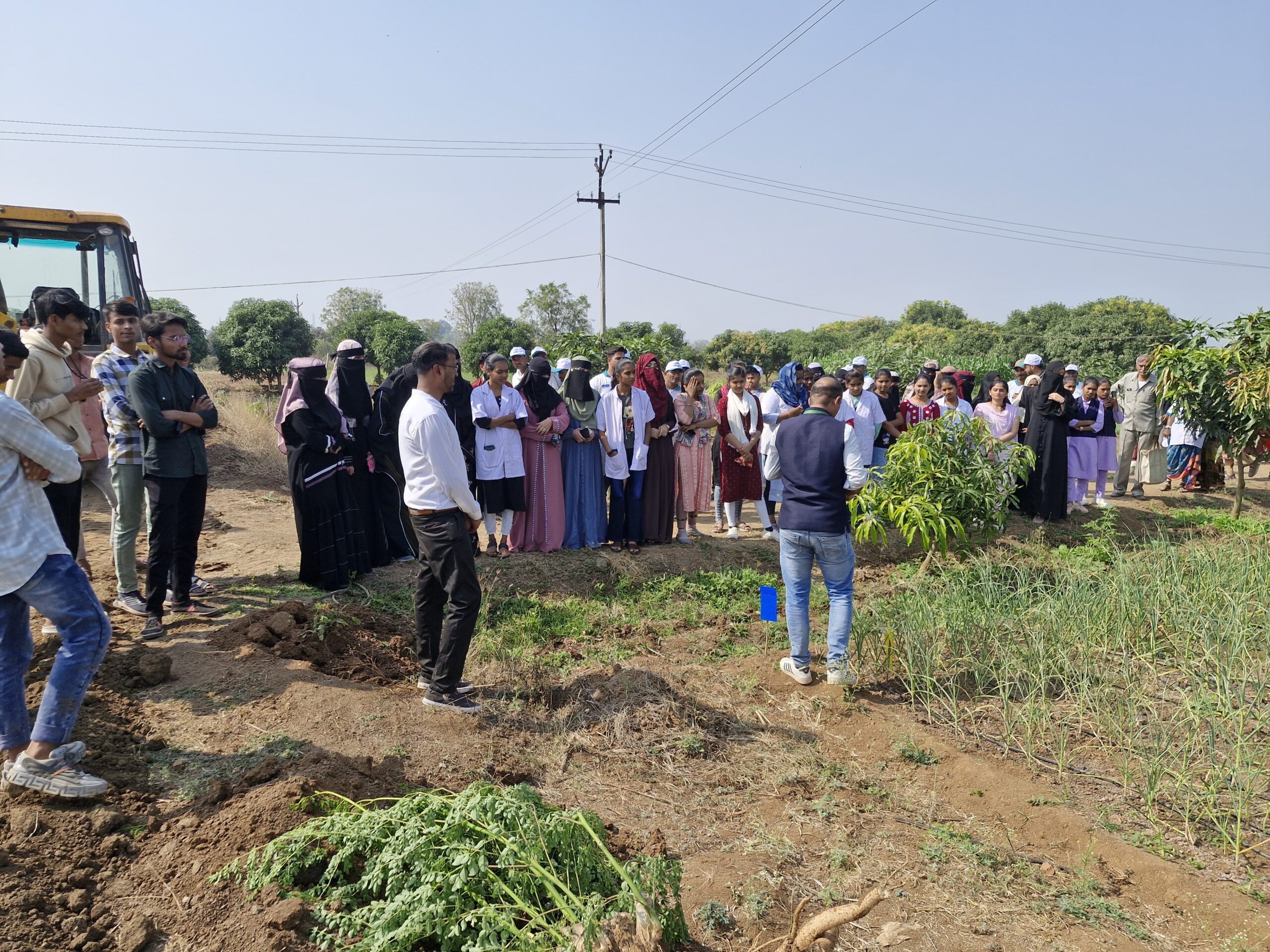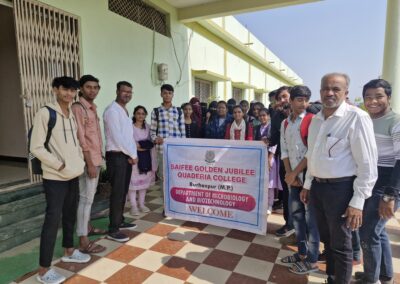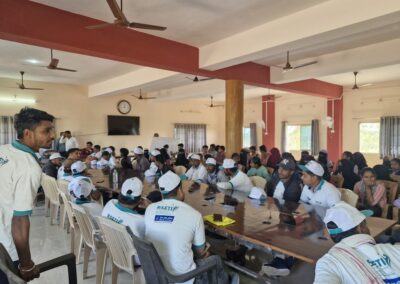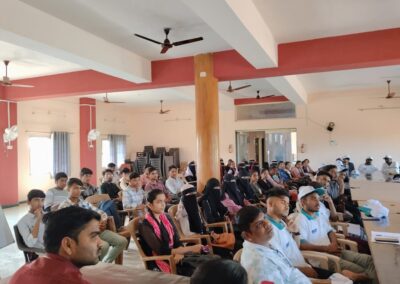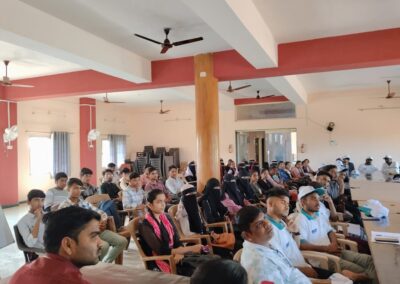Introduction :
The Microbiology and Biotechnology Department of Saifee Golden Jubilee College organized a visit to the Krishi Vigyan Kendra (KVK), Burhanpur, on 25th January 2025. The KVK, located in Sandas Kala, Gram Sarola, Tahsil Burhanpur, is a government-run agricultural extension centre that provides training and support to farmers.The visit aimed to provide students with hands-on experience and exposure to the latest agricultural practices and technologies. The event was a significant step towards fostering collaboration and knowledge sharing between the academic and agricultural communities.
Key Takeaways:
During the visit, students learned about various aspects of agriculture, biotechnology, and microbiology, including:
1. Hybrid Plant Formation: Students learned about the process of creating hybrid plants using biotechnology techniques
.2. Crop and Plant Varieties: Students were introduced to various crop and plant varieties, highlighting their unique characteristics and uses.
3. Hen and Goat Farming: Students learned about the best practices for hen and goat farming, including feeding, breeding, and health management.
4. Vermicomposting: Students were taught about the process of vermicomposting, including the benefits and methods of using worms for composting.
5. Natural Pesticide Formation: Students learned about the preparation of natural pesticides using locally available materials.
6. Methane Gas Plant: Students were introduced to the concept of methane gas plants, including their benefits and applications.
7. Microbiology in Agriculture: Students learned about the role of microorganisms in agriculture, including soil microbiology, plant-microbe interactions, and microbial pest control.The event provided students with a comprehensive understanding of the intersection of agriculture, biotechnology, and microbiology, and equipped them with practical knowledge and skills in these areas.
Student Participation Report:
A total of 45 students from Saifee Golden Jubilee College participated in the visit to Krishi Vigyan Kendra, Burhanpur, on 25th January 2025, gaining hands-on experience in agriculture, biotechnology, and microbiology.
Heartfelt Gratitude:
We extend our sincerest gratitude to Dr. Talib Yusuf, Dean of Burhani College, Mumbai, for his invaluable support and guidance in making our visit to Krishi Vigyan Kendra, Burhanpur, a resounding success.We also express our deepest appreciation to Principal. Prof. Mohammad Ismail Bafati for his unwavering encouragement and motivation throughout this endeavour.Your leadership and vision have inspired us to explore new horizons in agriculture, biotechnology, and microbiology.Special
Acknowledgement:
We would like to extend our special thanks to the organizers of this visit:
Mr. Azhar Uddin, Department of Biotechnology
Ms. Ritu Malvi, Department of Microbiology
Their tireless efforts and meticulous planning made this visit a resounding success. We appreciate their dedication and commitment to providing us with this valuable learning experience.
Conclusion :
The visit to Krishi Vigyan Kendra, Burhanpur, was a highly enriching and informative experience for the students. The exposure to various aspects of agriculture, biotechnology, and microbiology has broadened their knowledge and sparked their interest in these field. We express our sincere gratitude to the organizers, facilitators, and dignitaries who made this event a success.
